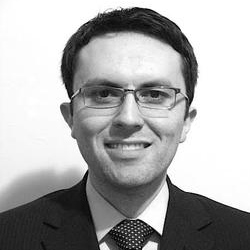Trademarks, copyrights, and patents are all different tools that are used to protect product or business names/logos/slogans, content, and original works. Quite often people tend to confuse these three. It is important to have a clear working knowledge of what they are since we encounter them everyday. Business owners, inventors, and content developers like artists, musicians and writers, all have a need for these forms of protection to safeguard their work. Even others need to know about intellectual property protection to ensure that they do not accidentally plagiarize or use another person’s work incorrectly.
Trademarks and Service Marks
The United States Patent and Trademark Office (USPTO) grants both trademarks and servicemarks, pending on what is needed. Trademarks are typically names, logos, or slogans that are used in association with the sale of products. Their purpose is to help others recognize which individual or company created the goods, and it also serves to make the goods distinctive from others. In comparison, a servicemark functions in much the same way, except that it is applied to services rather than physical goods. If an object is trademarked, others might still make similar products but they may not use the same or similar mark to identify it. Both of these grant exclusive rights around a given mark, and are useful in clarifying and conveying information to customers pertaining to the origins and authenticity of the product or service. You can still get some protection without ofically registering your mark, under what is commonly known as “common law trademark rights.”
Our Resources
- Difference Between Trademarks and Servicemarks
- The Biggest Trademark Disputes
- What Can Be Trademarked?
External Resources
- Using Trademarks
- How to Use Trademarks Properly
- A Guide to Trademark Law
- An Explanation of Trademarks and Servicemarks
Copyrights
Copyright protection is granted to protect original works of authorship. This can include creative works like songs, books, screenplays, paintings, photographs, designs, and other artistic works. Copyright law can apply to such works even if they have not been published. The copyright owner is the only one who is legally allowed to reproduce or distribute that piece of work. They can also create derivative works (for example, altering an image), hold public performances of the work, or display it in public. Keep in mind that copyrights are typically used for abstract works. For example, if it was applied to the description of a new invention, the copyright would not actually protect the invention itself. Rather, the copyrighted work would be the actual description. Copyrights are granted by the U.S. Copyright Office.
Our Resources
External Resources
- The Basics of Copyrights (PDF)
- Copyrights and Fair Use
- Copyrights and Public Domain Works
- An Overview of Copyrighted Materials
Patents
The U.S. Patent and Trademark Office issues patents as a type of protection for inventions. It is known as a property right. In order for a patent application to be approved, the invention needs to be something that is new, useful, and it should function differently or do things in a different manner from any existing devices. New patents, including design patents, are valid for a period of twenty years. Having something patented means that the inventor has the right to exclude other people from reproducing, selling, or using their invention.
Our Resources
External Resources
Protecting Your Intellectual Property
If you’re in need of trademark protection for your business name, logo, or slogan, the below video will help explain the simple process we can use to work together.

